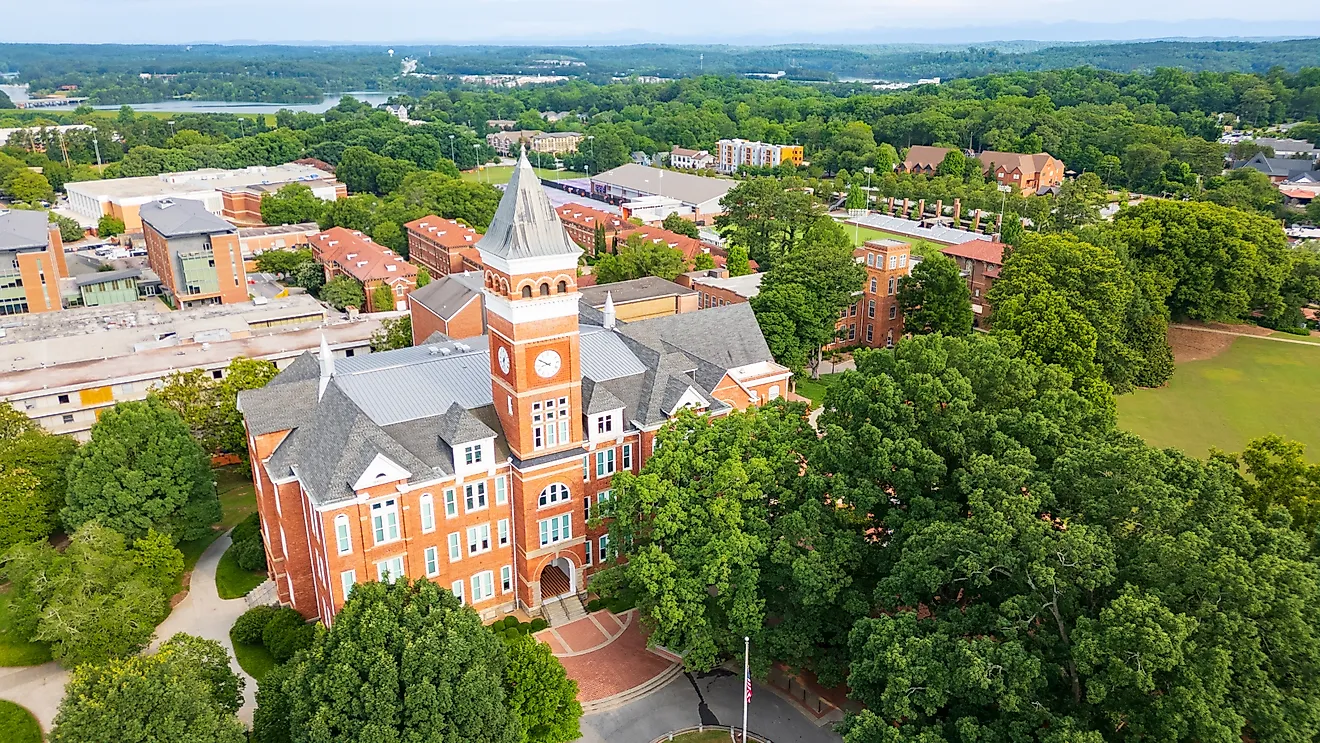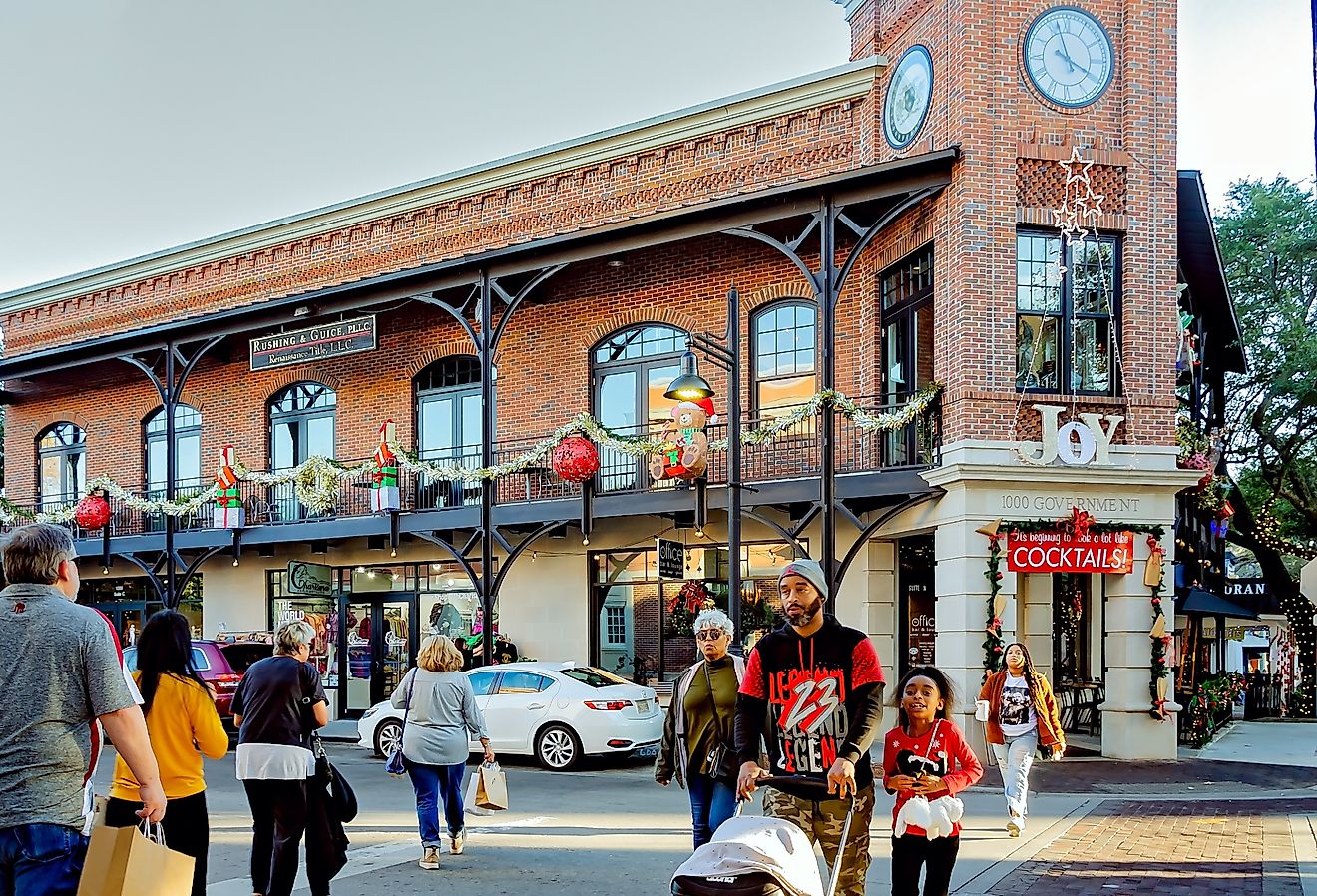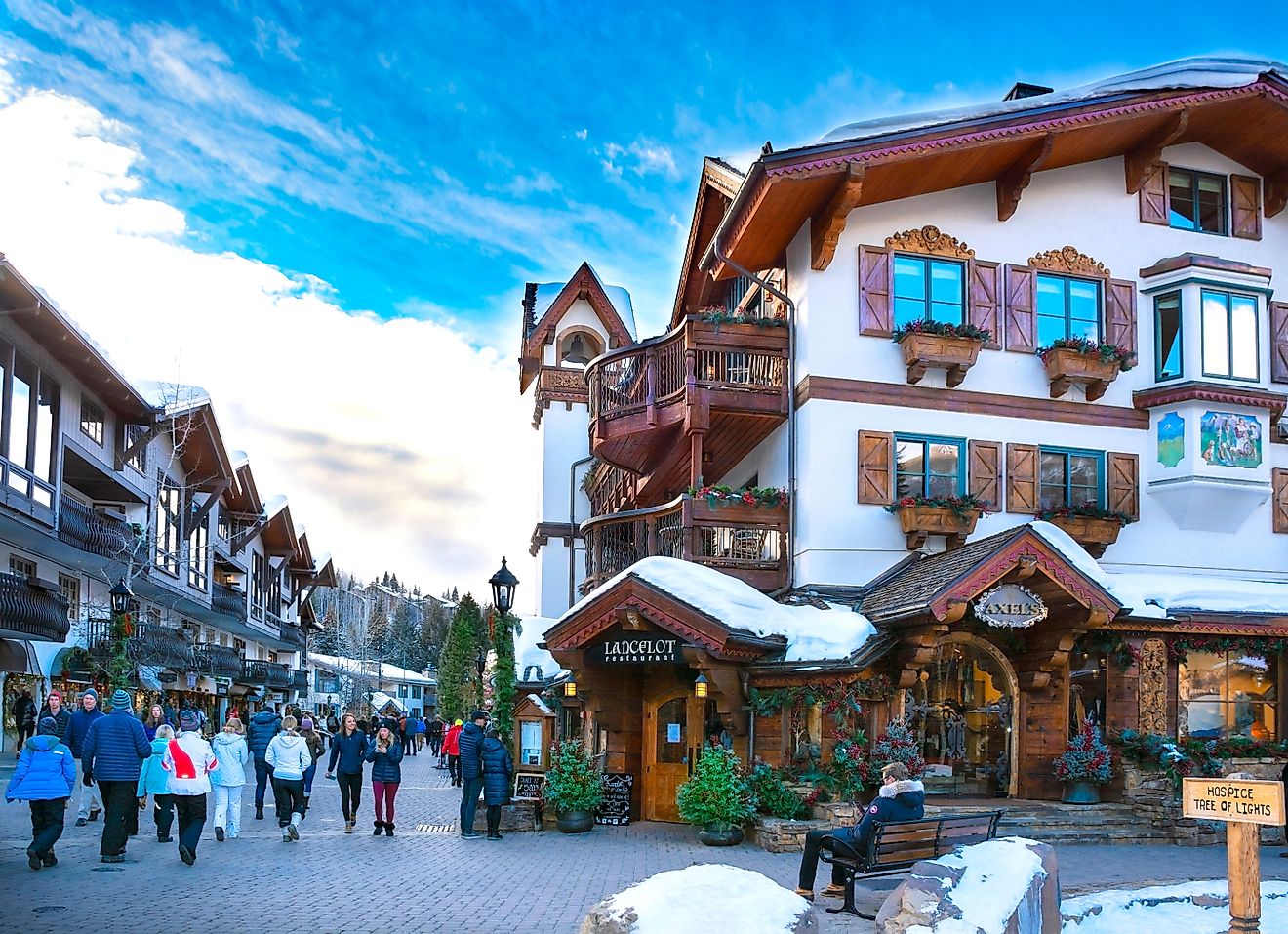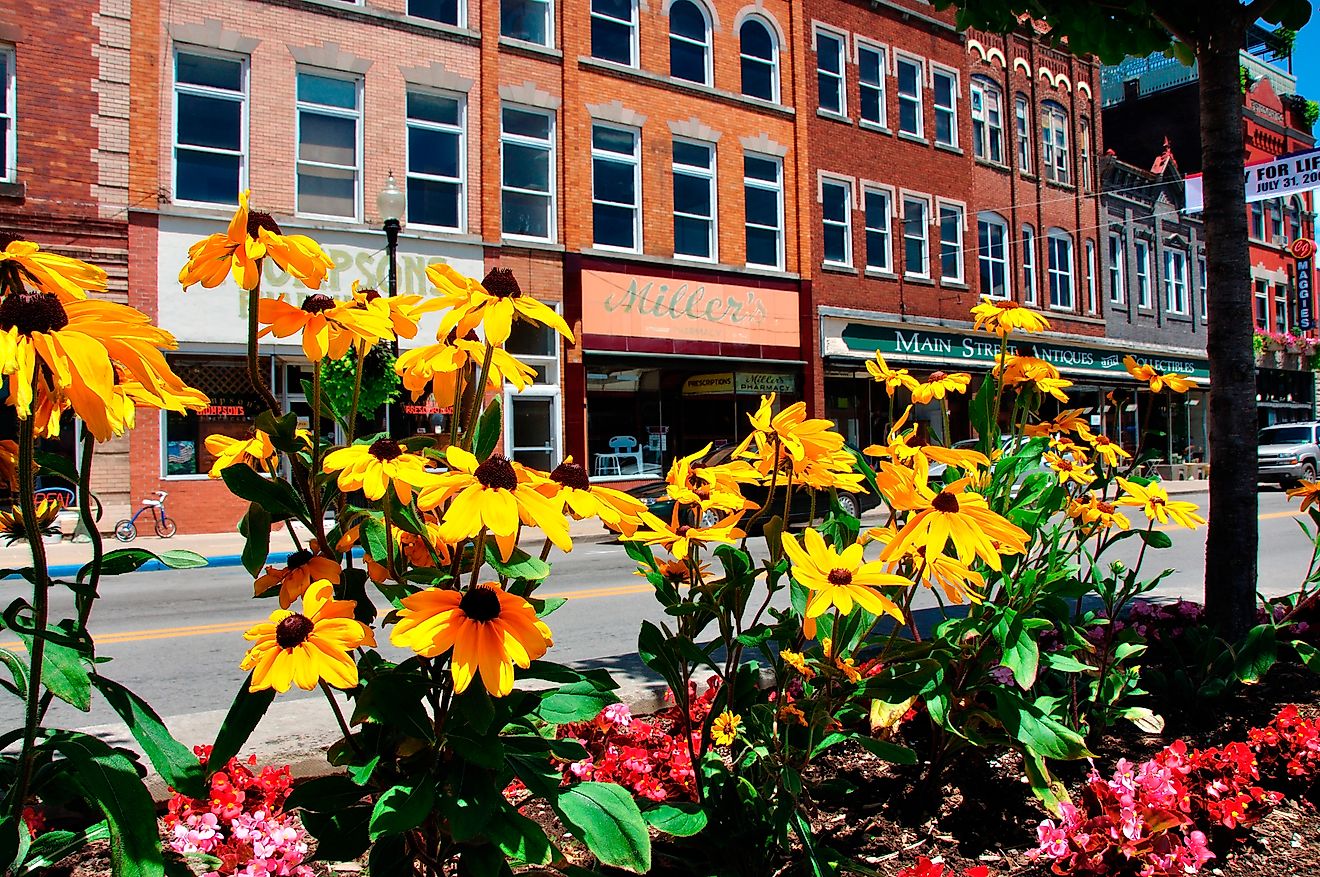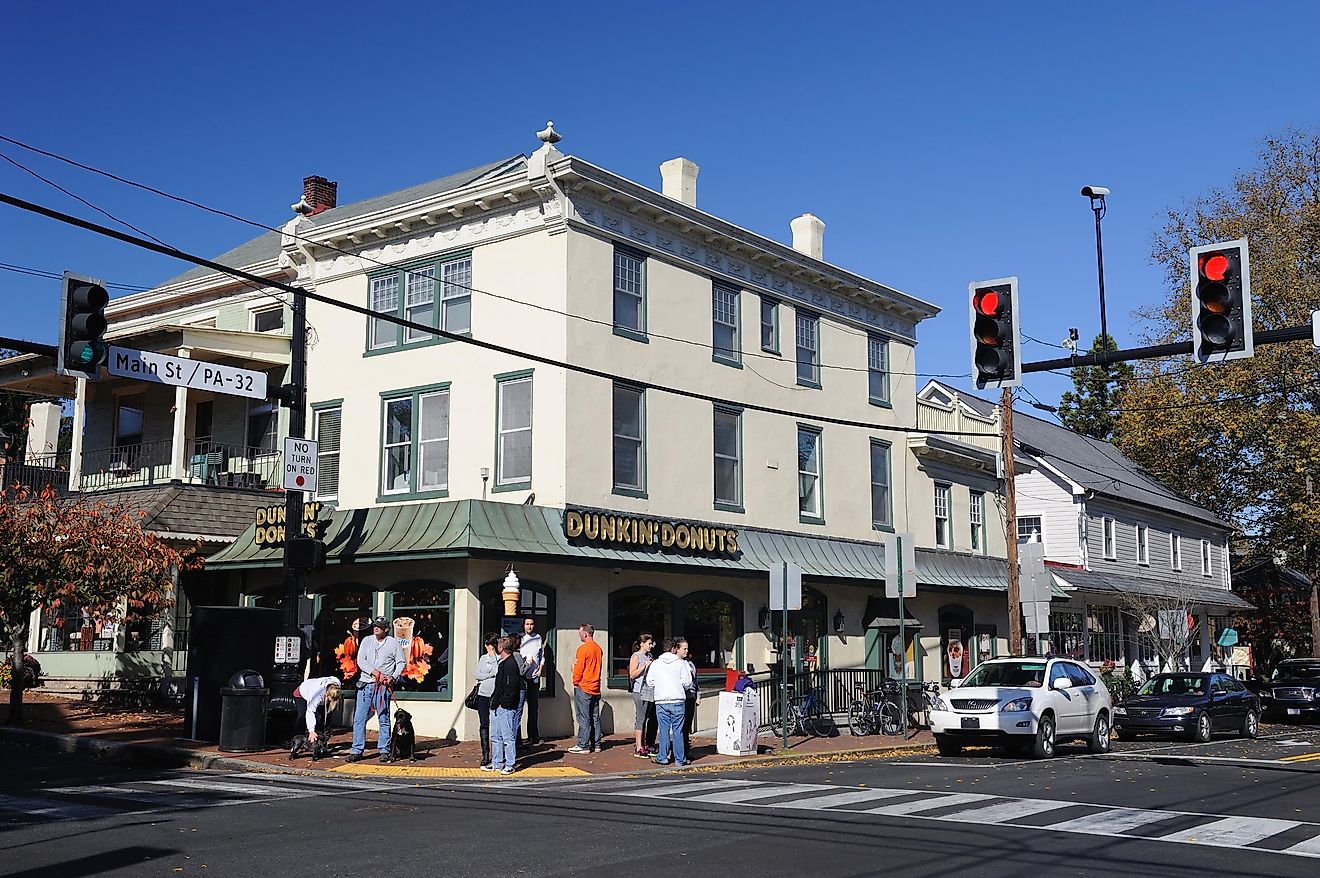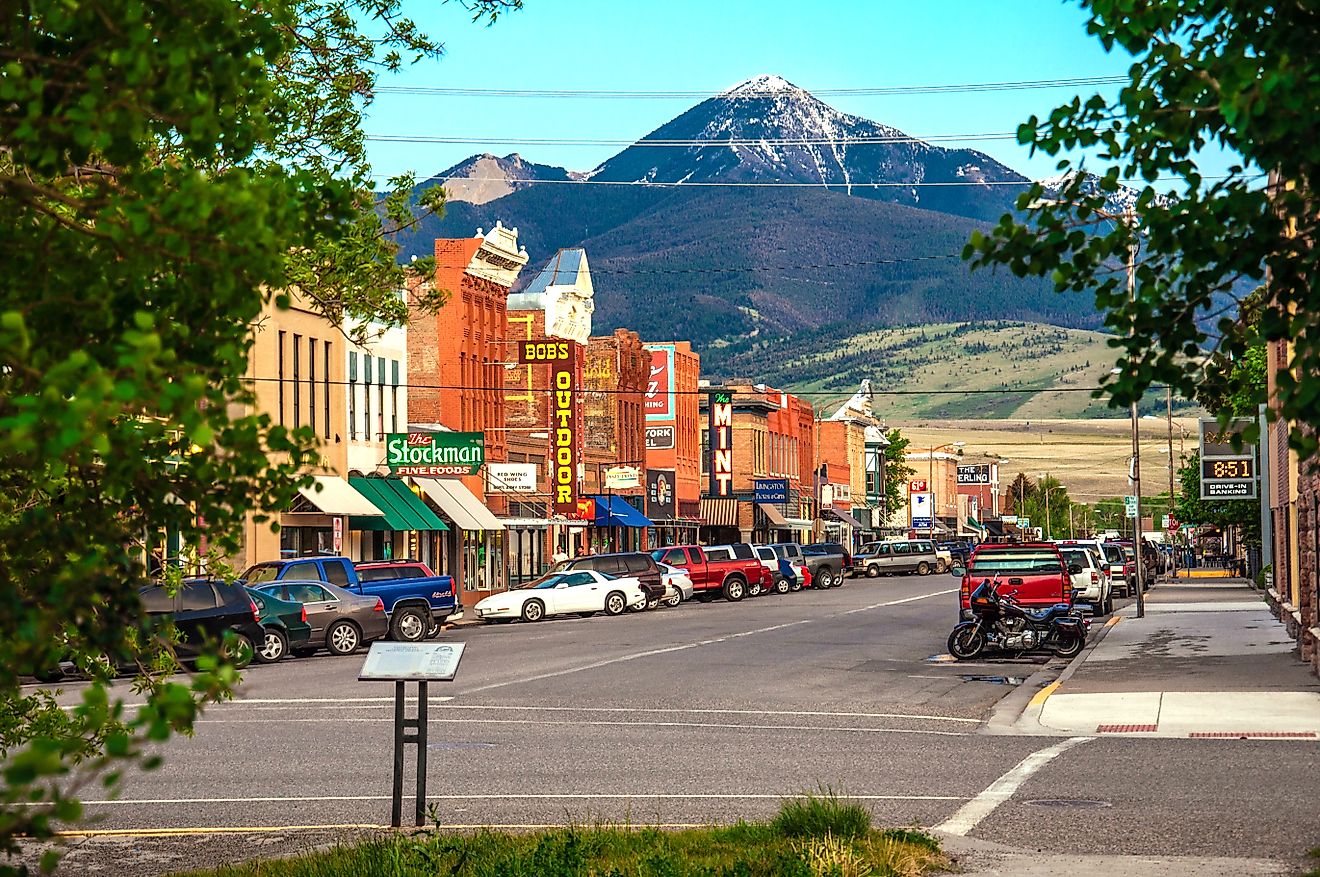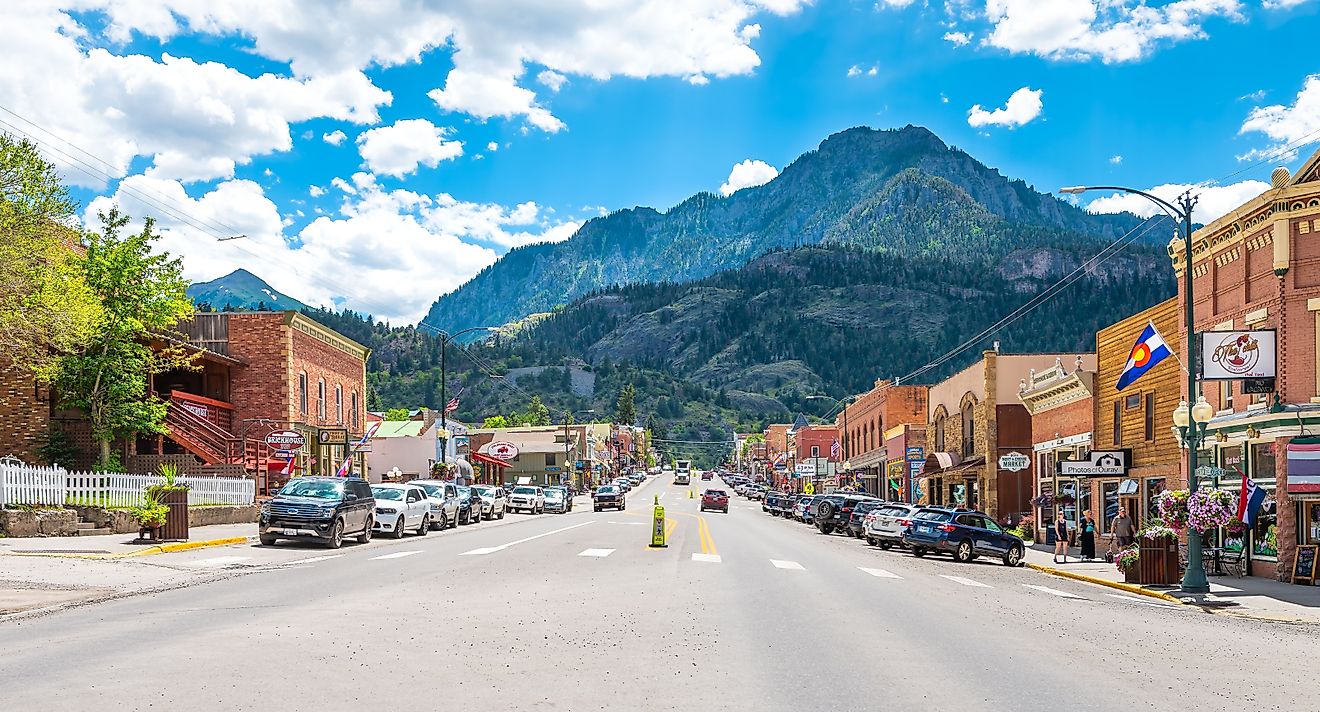
6 Old-Timey Mining Towns In Pennsylvania
Pennsylvania's mining heritage runs deeper than the coal seams that once fueled America's industrial revolution. Scattered across the state's rugged hills and valleys are towns that still wear their mining past like a badge of honor, places where you can walk the same streets miners once trudged, peer into the earth's depths, and hear stories that shaped the nation. These aren't polished tourist traps; they're authentic communities where history lives in the architecture, the museums, and sometimes even in the ground beneath your feet.
Jim Thorpe: The Switzerland of America
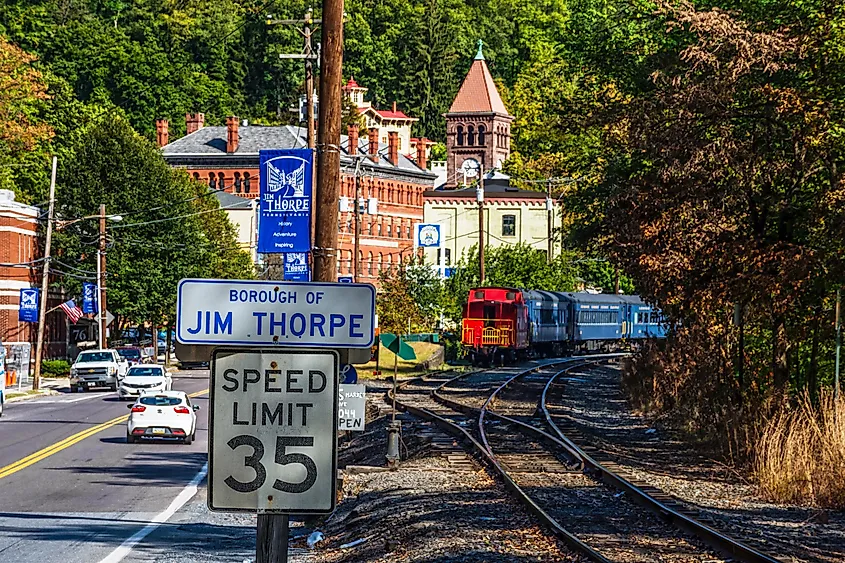
Wedged into the Lehigh Gorge, Jim Thorpe looks like someone airlifted a Victorian mountain village from the Alps and dropped it in Carbon County. This small town got its start as Mauch Chunk in the 1800s, when anthracite coal turned it into one of the wealthiest towns per capita in the entire country. The coal barons built mansions that still line the streets, creating an architectural time capsule that feels almost too picturesque to be real.
The Asa Packer Mansion stands as a testament to coal wealth. This Italianate masterpiece belonged to the founder of the Lehigh Valley Railroad, who made his fortune hauling coal out of these mountains. Walking through its rooms feels like stepping into a different century, complete with original furnishings and that particular stillness of old money.
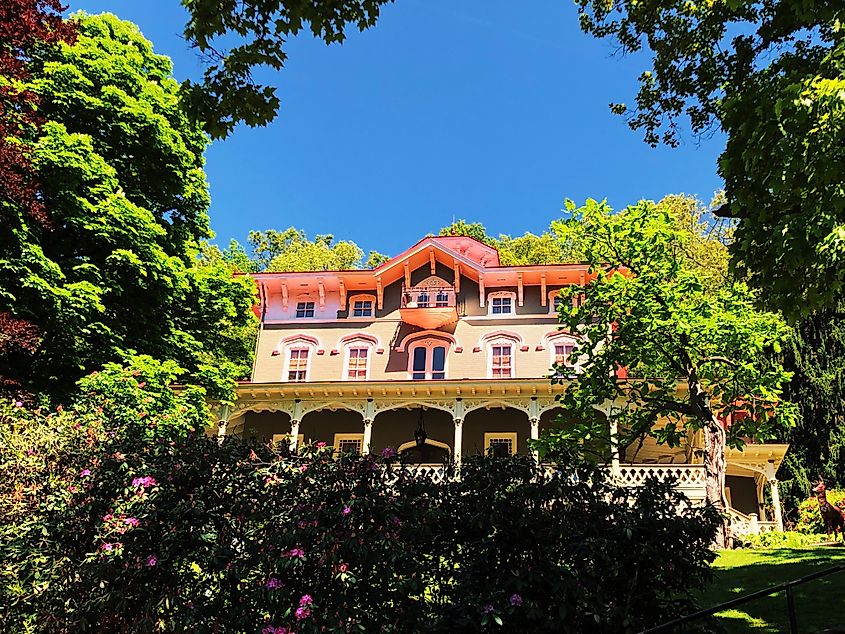
The Old Jail Museum tells a darker story. This Gothic stone fortress housed some of the Molly Maguires, Irish coal miners accused (and hanged) for violent resistance against mining companies. The stories told here are grim reminders that mining wasn't just about extraction; it was about labor, justice, and sometimes injustice.

Built in 1881, the Mauch Chunk Opera House is one of America's oldest vaudeville theaters. Today, it hosts performances ranging from classic rock and jazz to folk and theater, making it a cornerstone of the town's cultural scene.
Jim Thorpe has reinvented itself as an outdoor recreation hub. Lehigh Gorge State Park has miles of hiking and biking trails that follow the old railroad bed along the river, with waterfalls and rock formations that explain why people call this area Pennsylvania's Switzerland.
Eckley Miners' Village: A Living Ghost Town
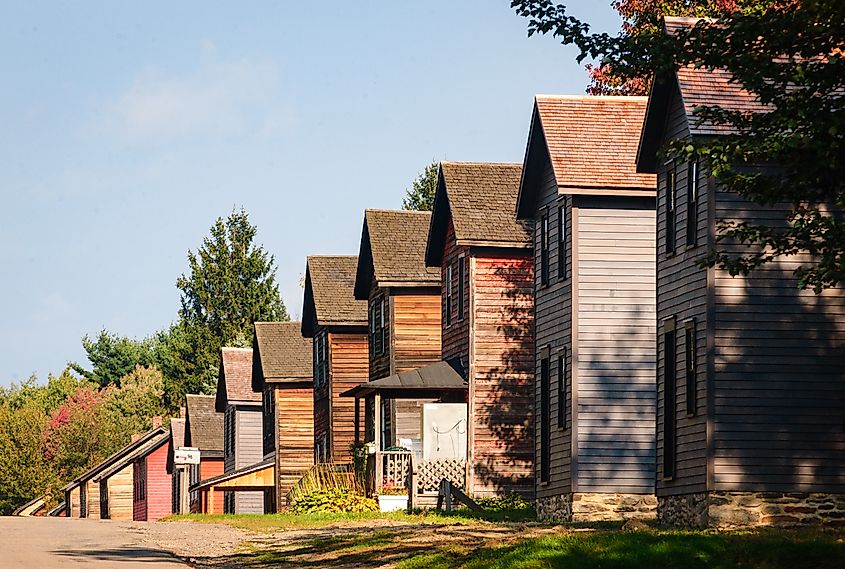
Most ghost towns are just empty buildings and silence. Eckley is different. You can actually walk through this Carbon County village, which looks exactly as it did when coal miners lived and worked here. The entire place serves as a living museum of 19th-century mining life.
Eckley Miners' Village Museum isn't your typical museum experience. This is a legitimate "patch town," a company-owned community where everything from your house to your job to the store where you shopped belonged to the coal company. Walking down the dirt main street past identical wooden houses, you get an eerie sense of what life was like when your entire existence revolved around coal extraction.

Step inside The Church of the Immaculate Conception, restored to its 1920s appearance with original altars and icons from area churches. The slate pickers' house shows a small, drafty dwelling for the youngest and lowest-paid workers, while laborers' dwellings reveal where entire families, and often boarders, lived in cramped conditions. The Sharpe House, an ornate Gothic Revival home of one of the town's founders, provides a visual reminder of the vast wealth disparity of the era.
The quiet here is particularly haunting. Without modern life intruding much, you can almost hear the echoes of mining whistles and the crunch of boots on coal slag. Francis Ford Coppola filmed scenes from "The Molly Maguires" here, recognizing that Eckley didn't need movie magic to set the perfect backdrop. The Sports and Social Club, which served as the set for the Emerald House in the film, remains an active members-only club for residents and locals today.
Shenandoah: Where the Molly Maguires Made History
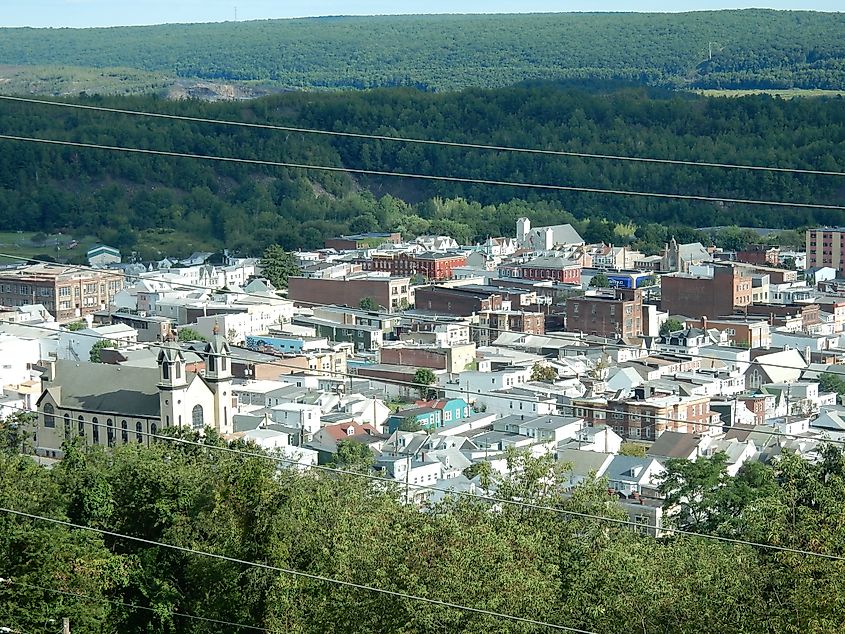
Shenandoah sits in the heart of Schuylkill County's coal country, a borough that played a starring role in one of American labor history's most dramatic chapters. This was ground zero for the Molly Maguires, the secret society of Irish coal miners who fought back against exploitative mining companies through sabotage and violence in the 1870s. The trials and hangings that followed exposed the brutal reality of coal mining and the desperation of men who felt they had no other recourse.
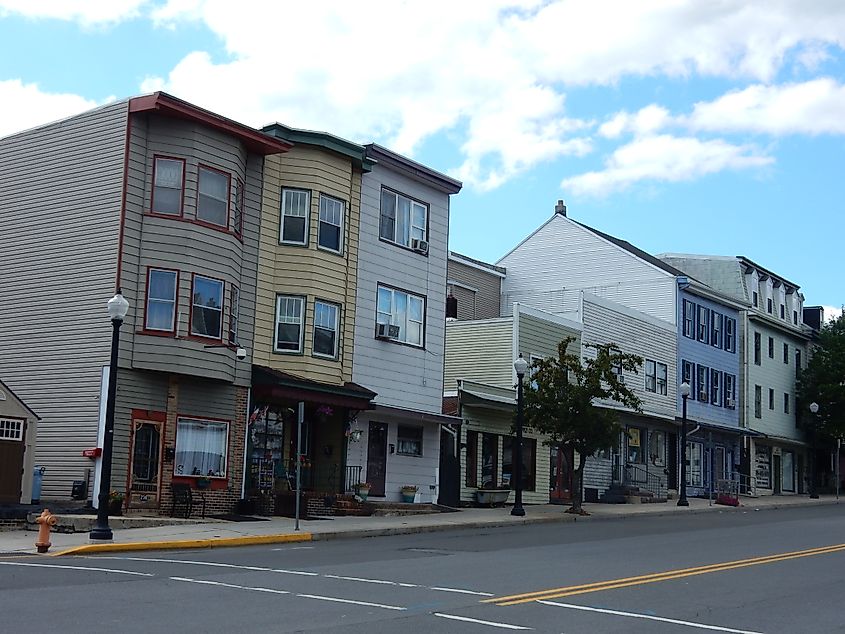
Walking down Main Street, you're tracing the same route miners took to and from the collieries that honeycombed the earth beneath the town. The architecture tells stories. Brick buildings from the coal boom era still stand, many with their original facades intact. St. George Lithuanian Church and St. Michael's Ukrainian Greek Catholic Church represent the waves of Eastern European immigrants who arrived later, bringing their own traditions to Pennsylvania's anthracite region.
The Greater Shenandoah Area Historical Society Museum holds the town's complex past, including artifacts from the Molly Maguire era, mining equipment, and photographs that document both the prosperity and poverty coal brought to the region. The exhibits don't romanticize mining life. They show the company scrip that kept workers in perpetual debt, the dangers that claimed lives regularly, and the ethnic tensions that sometimes erupted into violence.
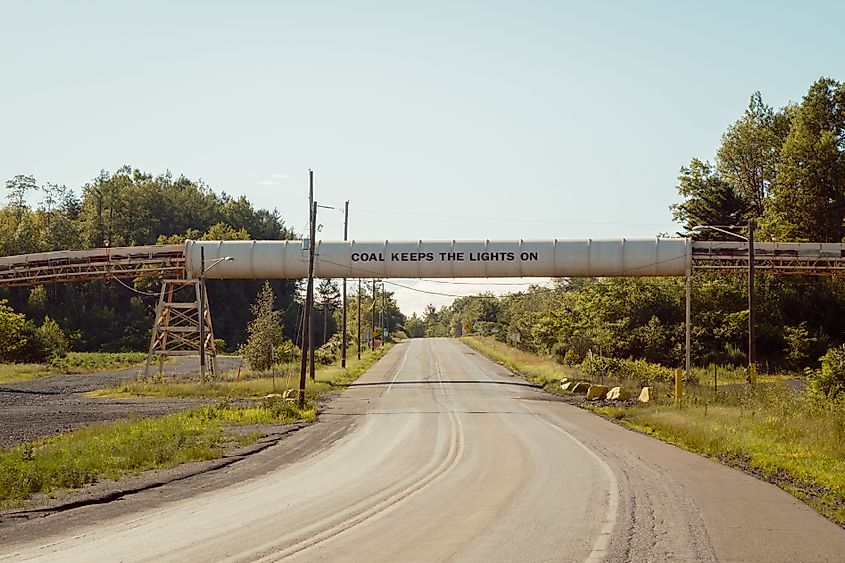
Begin your exploration at the Pennsylvania Anthracite Miner's Memorial, a solemn tribute to the men and boys whose labor underground fueled a nation's growth. Shenandoah has maintained its working-class character. This isn't a gentrified tourist destination; people actually live and work here, and the past continues to inform the present.
Centralia: The Town That's Still Burning
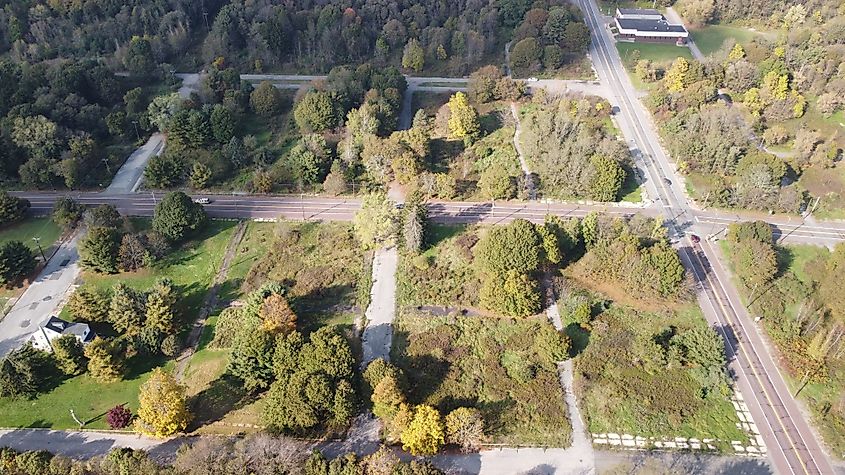
Centralia might be Pennsylvania's most famous mining town, though calling it a town is generous. Only a handful of people still live here. This Columbia County community sits atop a coal seam that's been burning underground since the early 1960s, when a landfill fire accidentally ignited an anthracite vein. The fire still burns today, and experts say it could rage for centuries to come.
The government bought out most residents in the 1980s after toxic gases started seeping into homes and the ground became unstable. What remains is apocalyptic and oddly compelling: empty streets, condemned buildings slowly collapsing, and sections of old Route 61 (now officially closed) covered in graffiti as the pavement buckles and cracks from underground heat.
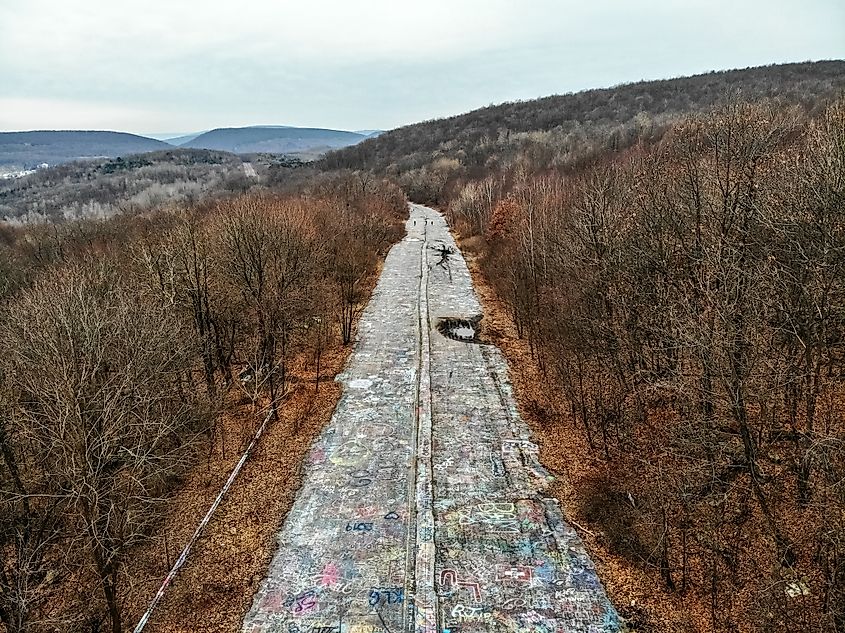
On a hill above the emptiness, the Assumption of the Blessed Virgin Mary Church stands in vivid opposition to the decay below, its well-kept facade a testament to the enduring faith of the community that once was. The town's cemeteries, particularly Odd Fellows Cemetery, are among its most intact sites, where shifting tombstones and occasional wisps of smoke from the ground reveal the active fire below. While the famous Graffiti Highway (the buckled stretch of Route 61) was buried in 2020, the most tangible evidence of the underground fire can still be found in the landscape behind the cemetery, dotted with metal venting tubes and patches of scorched earth.
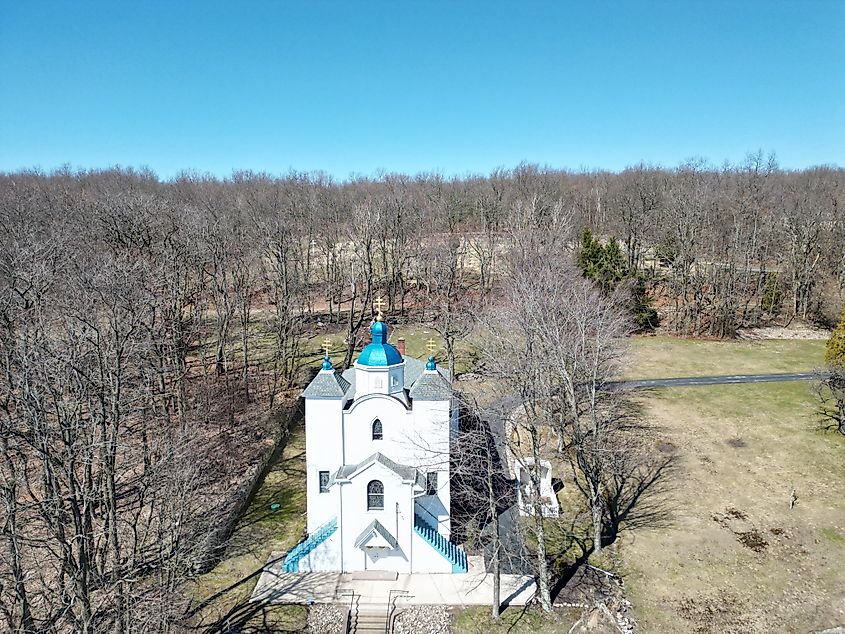
Centralia, often called the real life "Silent Hill", after the horror video game and movie franchise, attracts urban explorers, though technically much of it remains private property despite abandonment. The earth here will be burning long after we're gone, an eternal consequence of industrial ambition.
Pottsville: The Yuengling Town

Pottsville, the Schuylkill County seat, built its prosperity on anthracite coal, but it's equally famous for something else miners loved: beer. D.G. Yuengling & Son, Inc. Brewery, Museum and Gift Shop, America's oldest operating brewery, has been quenching coal miners' thirsts since the early 1800s, and you can still tour the facility built into the side of Sharp Mountain.
The brewery tour takes you through hand-dug caves where beer was lagered before refrigeration. The connection to mining is direct: many of the same techniques used to dig mine shafts were employed to create these storage caves. The tour ends with tastings of various Yuengling beers, and it's not hard to imagine exhausted miners savoring the same brews after brutal shifts underground.
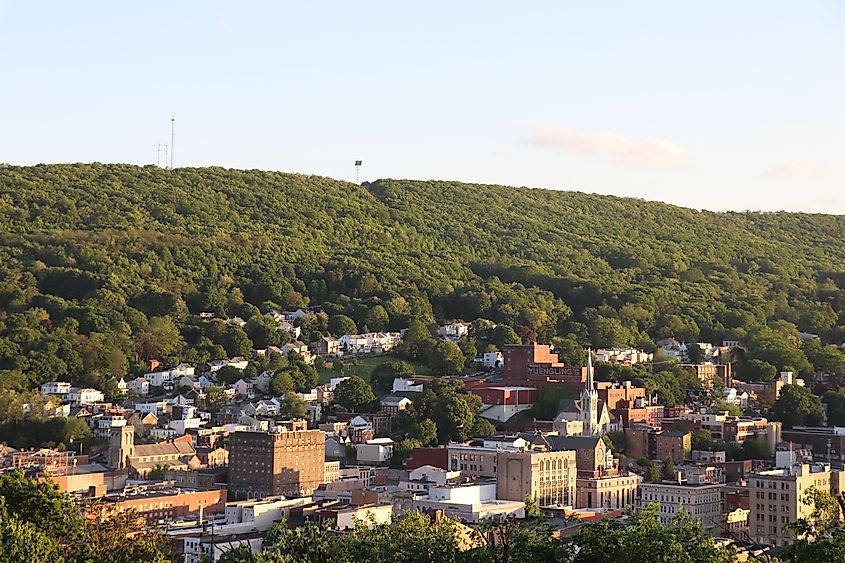
Pottsville's identity is deeply rooted in the anthracite coal boom that shaped this region, transforming it from a small iron-producing town into a bustling industrial center. The city's growth was fueled by the operations of the Philadelphia and Reading Coal and Iron Company, a titan of the industry.
The Schuylkill County Historical Society, Museum, and Gift Shop occupies a Victorian mansion that once belonged to a coal industry family. The exhibits cover everything from mining equipment to the ethnic diversity of Schuylkill County's coal patches. You'll see photographs of breaker boys (children as young as eight who sorted coal by hand) that drive home the human cost of keeping America's furnaces burning.
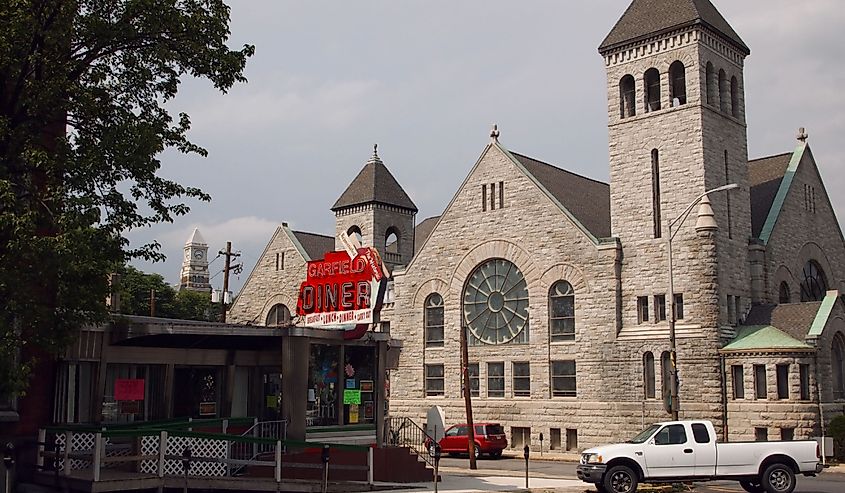
When you're ready for some fresh air, the John F. Kennedy Memorial Recreation Complex provides peaceful green spaces. For a longer adventure, the Schuylkill River Trail runs for several miles through Pottsville, a fantastic route for walking, biking, and enjoying the natural scenery along the river's edge.
Ashland: Home of the Pioneer Tunnel
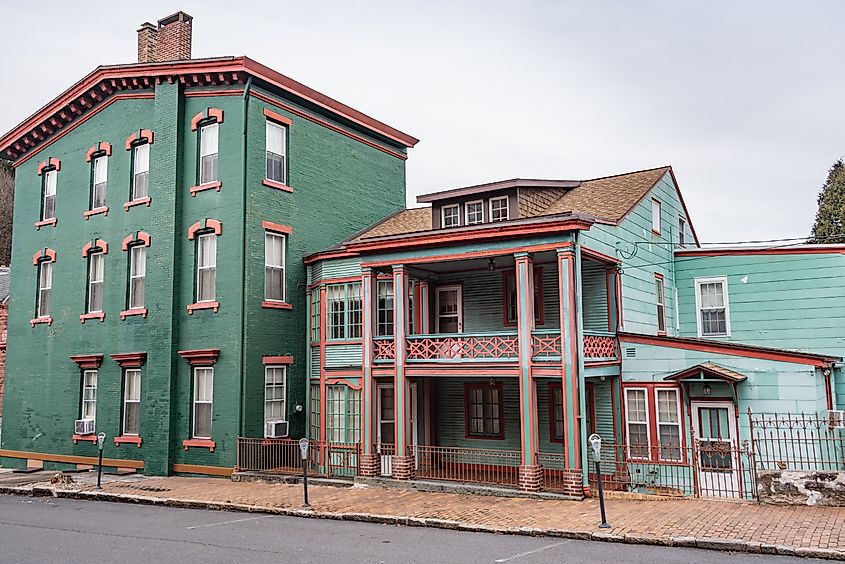
Ashland, another Schuylkill County community, punches above its weight in mining attractions. This town lived and breathed anthracite coal, and it's held onto that heritage better than most.
The Ashland Coal Breaker & Yard once processed raw coal extracted from local mines. While the original structure is gone, the site includes interpretive displays explaining how breakers worked. These massive industrial complexes were architectural marvels: coal entered at the top and traveled through a series of crushers, screens, and sorting stations before emerging as different grades of coal. Breaker boys, often as young as eight, picked slate and stone from coal by hand in these buildings, work that maimed and killed countless children.

The Ashland Area Historic Preservation Society houses a rich collection of artifacts and photographs that tell the town's story. At the junction of Routes 54 and 61, the Mothers' Memorial (Whistler's Mother Statue), a poignant bronze statue, serves as a national tribute to motherhood. For more historic charm, the nearby Pottsville Downtown Historic District showcases well-kept Victorian architecture from the region's prosperous industrial era. The Big Mine Run Geyser, a spectacular man-made vent caused by pressurized water from an abandoned coal mine, continuously spews water high into the air, a powerful and unexpected reminder of the forces still at work beneath Ashland.
Pennsylvania's Coal Country Legacy
These six towns represent just a fraction of Pennsylvania's mining heritage, but they capture the range of experiences coal country can deliver. From intact villages like Eckley to still-burning Centralia, from historically significant Shenandoah to intimate Ashland, they share one quality: authenticity. These aren't reconstructed theme park versions of mining towns; they're real places where the past forms the foundation of the present.
Visiting these communities means confronting uncomfortable truths about American industrial history: child labor, dangerous working conditions, environmental devastation, and economic exploitation. But it also means witnessing human resilience, immigrant determination, and the complicated legacy of the fuel that powered American growth. Pennsylvania's mining towns don't package easy narratives or simple nostalgia. They deliver something better: honest history you can touch, walk through, and hopefully learn from.

